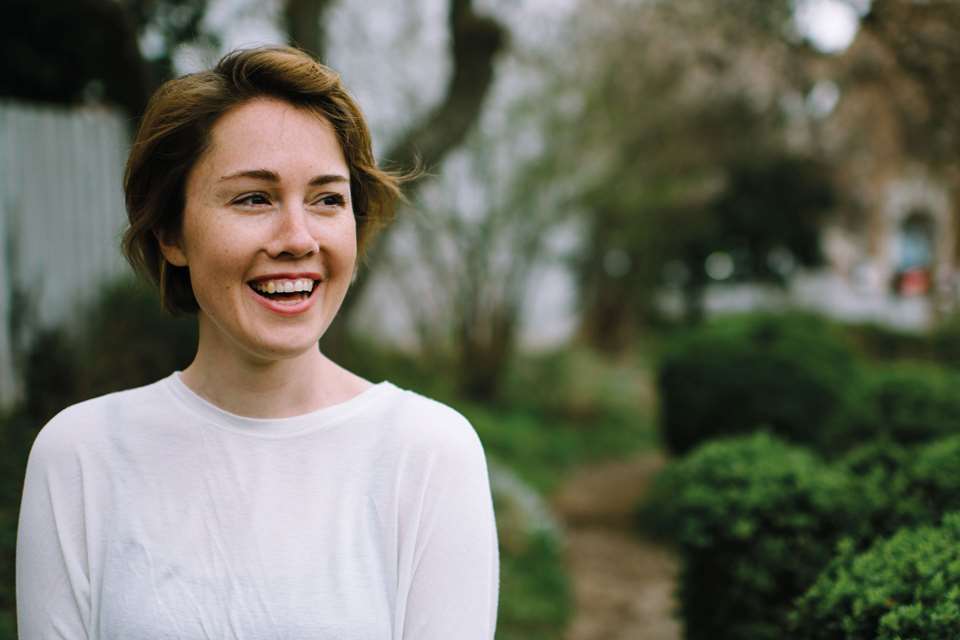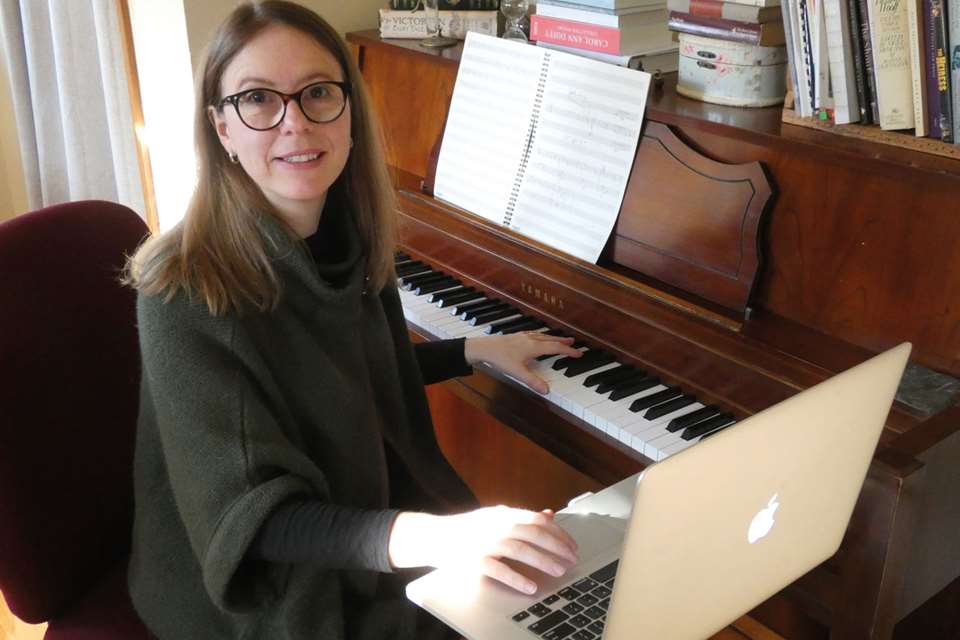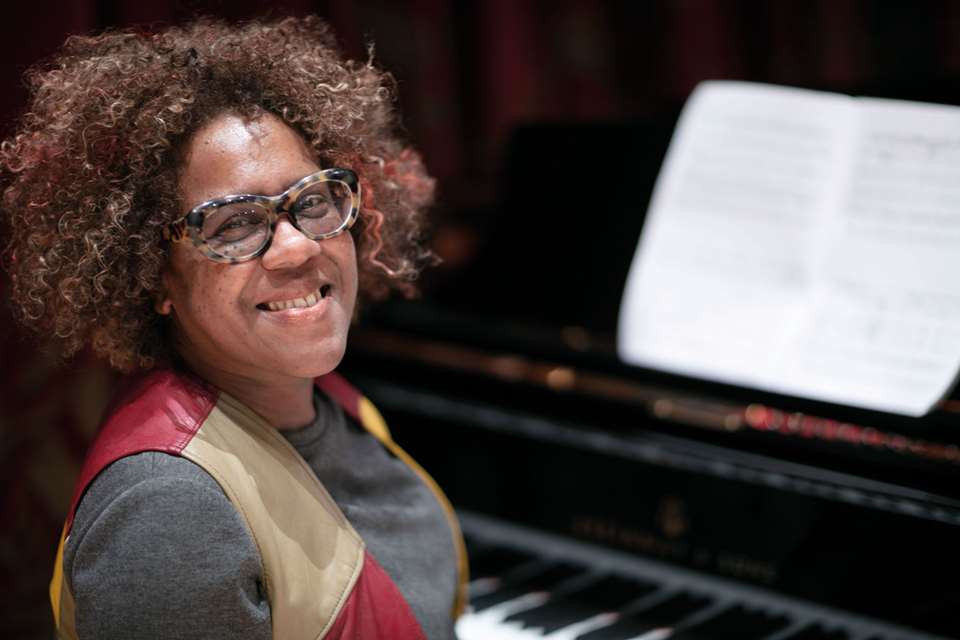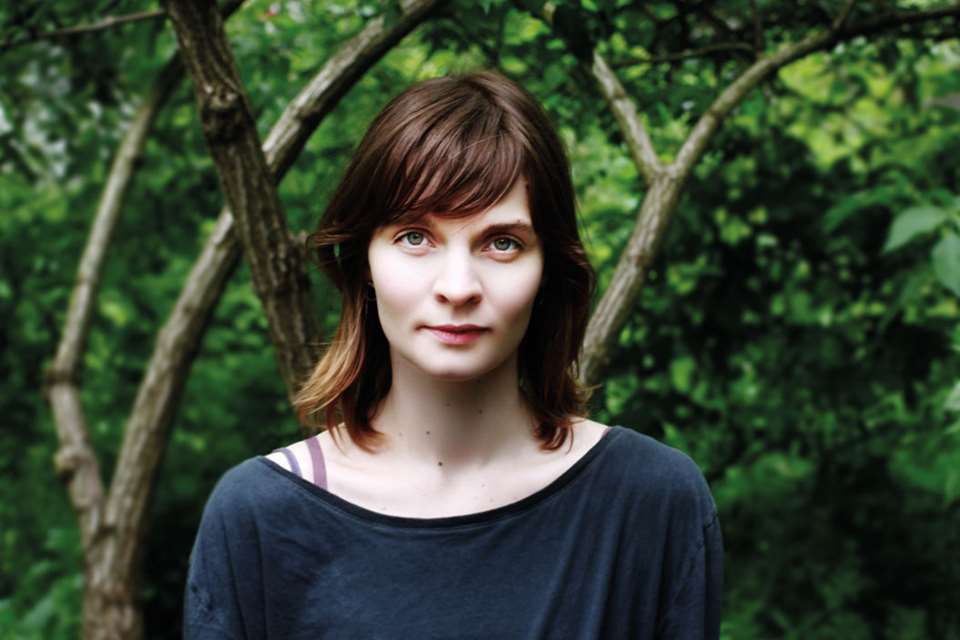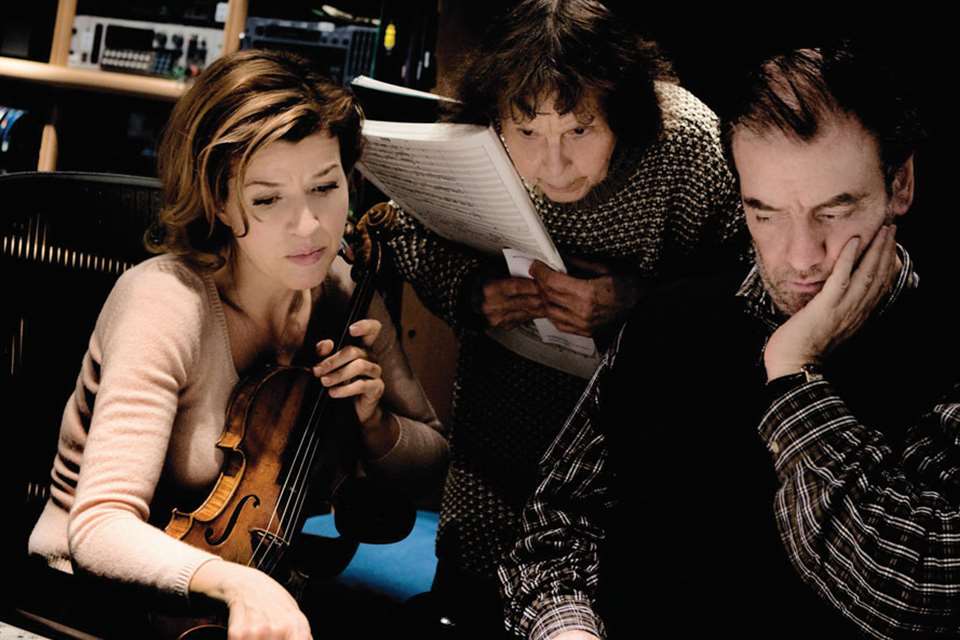Contemporary composer: Chaya Czernowin
Friday, November 24, 2023
The vitalist sound worlds of this Israel-born artist inspire younger composers and leave listeners entranced, finds Liam Cagney
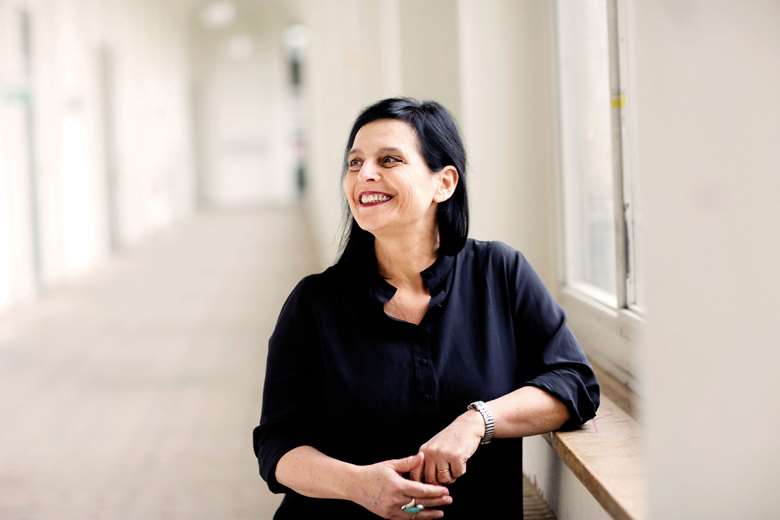
Register now to continue reading
Thanks for exploring the Gramophone website. Sign up for a free account today to enjoy the following benefits:
- Free access to 3 subscriber-only articles per month
- Unlimited access to our news, podcasts and awards pages
- Free weekly email newsletter





